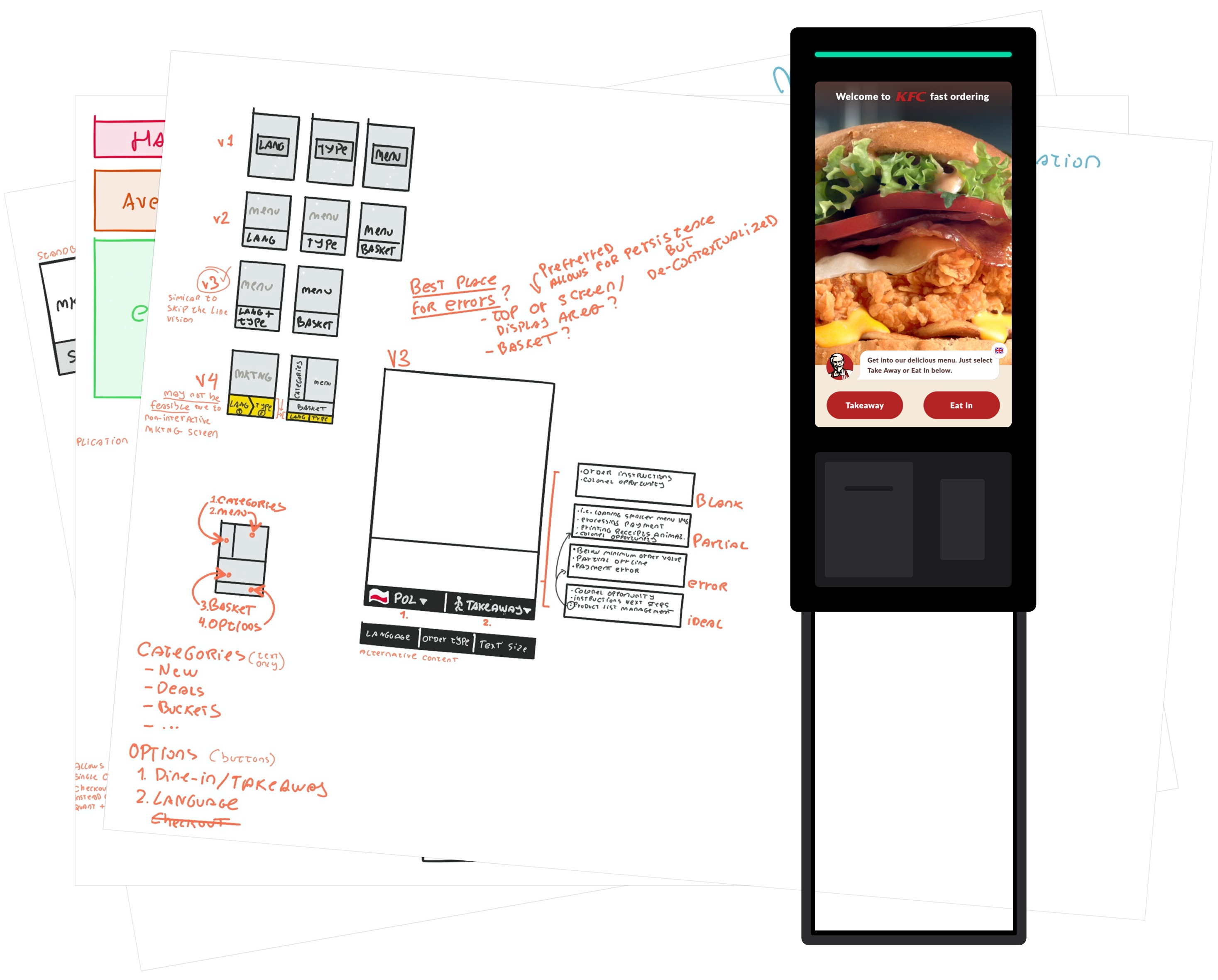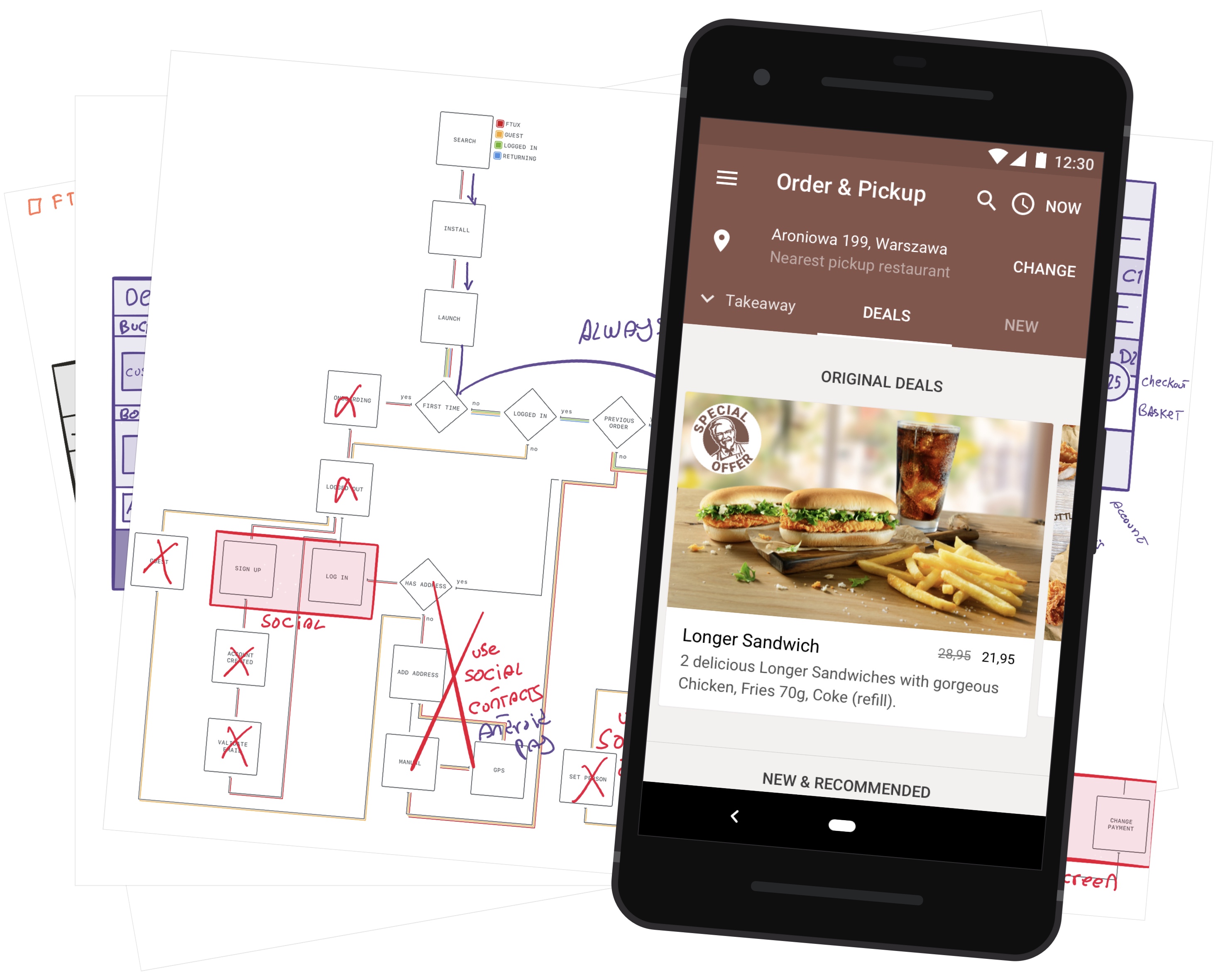3 screening calls, 5 FaceTime interviews, a trip to Cupertino for 5 two-person interviews lasting a whole day and a lunch at the newest Café Macs.
In the end, I got a shallow no.
A few people asked me to write about my experience of interviewing for a job at Apple—the 700 billion worth company—so here it is.
June 2014
In June 2014, after WWDC, I had an interest in knowing how Apple’s new technologies could impact my work.
As a UX Designer, I specialize on Apple’s platform. I do product, interaction, visual design, as well as development for native high-fidelity prototypes. To be a specialist I need to not only be a UXer but also follow this platform closely to understand how new tools can improve my workflow, and what new possibilities or constraints are introduced by new devices.
To achieve that level of understanding, I watched 17 hours of WWDC 2014 session videos, writing detailed notes for each of those hour-long sessions.
I thought other people could benefit from this information so I compiled all privacy and security- related news into a simple reference you can read on my blog: iOS 8 Privacy and Security Updates.
September 2014
I invested around £4000 (~$6000) of my time (2 weeks @ £400/day rate) into that article, I’ve written 8 of the total 16 topics I intended to, and replicated dozens of Apple logos which I made freely available on Dribbble. (terrible ROI)
The article turned out to be relatively popular with the developer community, some journalists, and it also spiked the interest of just enough Apple developers to warrant an email from one of their internal recruiters. (better ROI)
“I wanted to reach out to see if you might be open to exploring career opportunities at Apple as a member of our Developer Publications team…”
My reply was an obvious:
“Absolutely!”
As a Designer, amongst other things, I care about optimizing enjoyment and performance.
I’ve had the opportunity to design products; the customer side of apps and overarching client-server architecture; continuous deployment and content authoring workflows; client and server apis; design and developer documentation.
So when Apple asks me if I want to help improve their Developer Documentation: I’m in. I knew it would be something I’d enjoy as writing, teaching and development can all be designed.
The people I’ve met at Apple are doing a good job and investing a lot of their time into writing the Developer Documentation—plus: they’re really nice people.
But if you’ve used it, you may have noticed there’s still a lot of room for improvement.
I can only speculate as to why their documentation doesn’t get the same level of attention to detail as their consumer products do.
It could be their famous isolation from both consumers and other teams (strategy-wise) that hinders the essential feedback loop and cooperation required to improve the consumer-facing product that are the developer docs, it could be that you cannot grow a company that big while expecting every employee to have an understanding of design that is holistic and beyond the visuals—I don’t know for sure.
Anyway, Apple needed more people so we started talking.
Screening
Apple recruitment starts with screening calls to assess interest and team fit.
Calls are 30 minute-long, informal, you’re explained how the process works and what to expect next.
The internal recruiter will manage the process and team members will either clear you to the next step or redirect to another appropriate team member.
The first call was with an internal Technical Recruiter, given my interest, I had a call with one other team lead before being redirected to the Developer Publications lead.
Then came FaceTime.
FaceTime
The FaceTime interviews were 30 minute-long and 1-1. I was essentially being asked questions about what I do as a designer, how do I go about writing my articles, ups and downs of my experience doing so. At the end there was always a 5-minute question time.
Note: after 25 minutes answering questions for a job you really want it’s kinda hard to shift to a question-asking mode. Most of the times I failed to remind myself I was talking to people who wrote the original OS X HIG and lost the opportunity to learn from someone with such a unique experience.
5000 Miles
3 weeks after speaking for a total of 2 hours with possible future team members, I was invited for a new round of onsite interviews at the Apple Headquarters.
Due to thanksgiving, workload, and holidays we ended up scheduling this new round of interviews for the second week of January 2015.
I was given a link to Apple Travel and freedom to book a return flight and 3 nights accommodation at a hotel near the Apple HQ.
6 Hours, 12 People
The interviews took 6 hours and involved 12 people. The tone was casual and everyone was friendly. I wouldn’t say the interviews themselves were hard despite the barrage of questions aimed at understanding who I am as an employee, writer, and developer.
There were questions about how I deal with orders that conflict with my views (“How would you implement and write about the Hamburger Menu”), how I write my articles (“Say you were given the task of writing a cookbook, how would you go about it?”), and how well I understand iOS (“How many *Kits have you used?”).
I even got to talk about Cognitive Science and was recommended a book titled “Tree of Knowledge” from an editor dressed as Steve Jobs—he worked for early Apple, left and rejoined when Jobs did, enjoyed speaking to him.
I had lunch with the team lead, who drove me in her own car to the newest Café Macs—sharing its architecture with the upcoming campus.
The interviews ended as they had started: a quick chat with the internal recruiter.
Thank You
The decision was made just a week after the interview.
“…we will not be moving forward with your application.”
End of story.
“We don’t waste time with the dumb.”
I’d be omitting information if I said there weren’t any negative points.
- The process was extremely long, especially considering the outcome. More than a dozen people and their time, >$2000 worth of travel expenses, spanning across 4 months.
- “We don’t waste time with the dumb.” (referring to the ones who don’t make it to the interview) wasn’t something I wanted to hear during an interview.
- The interviews seemed based on indirect questioning, this leaves too much room for bad judgements and assumptions in my opinion.
Overall, I’m pretty happy my work caught someone’s attention and that I had the opportunity to meet all these people. Thanks for reading.
Note: The numbers (700 Billion, etc) are there to give context and a sense of scale. This wasn’t a small boutique design company—which fwiw I’ve worked for a couple and loved it—this was the company who got valued by that amount because they’re doing something interesting. I personally don’t see money as a measure of worth, but as a freelancer and well, running my business, should not and cannot ignore it. Numbers such as ‘5000 miles’ are there just for stylistic reasons, saying ‘a flight’ would be way more banal. Chill and have a good one.





